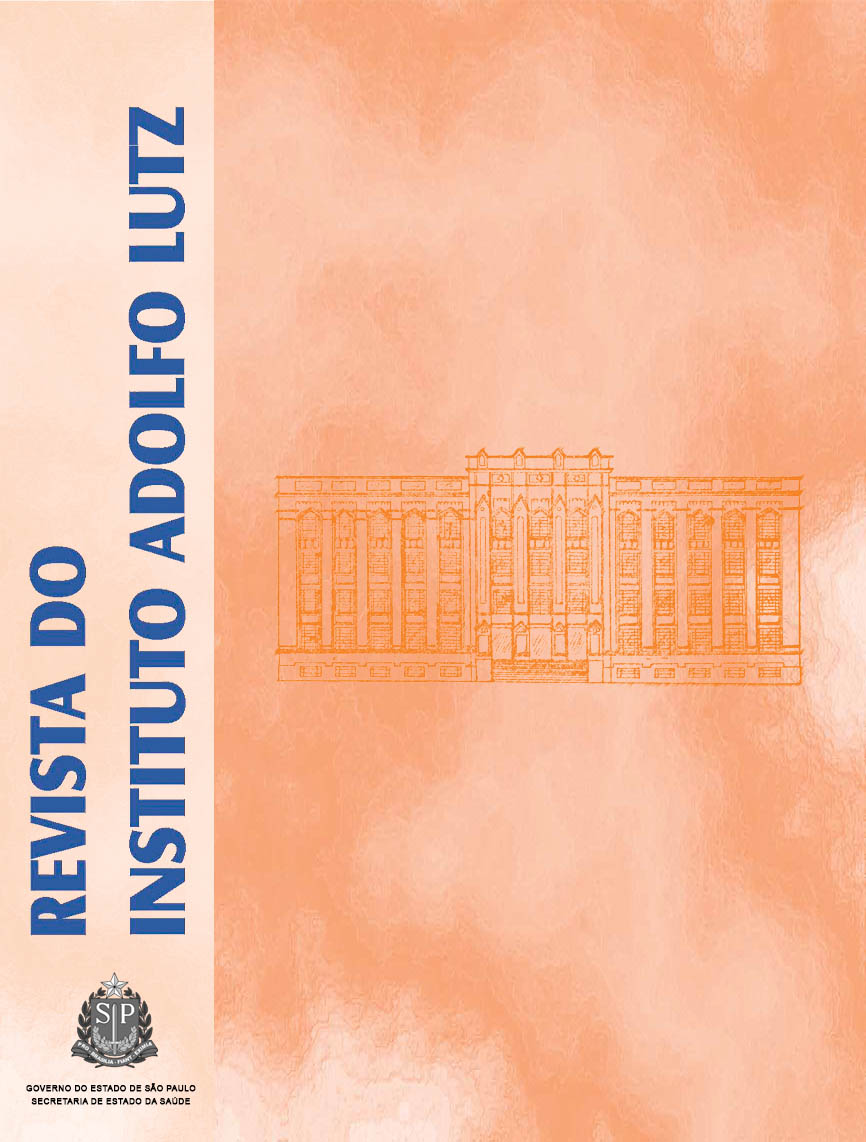Abstract
The coalho or curdled cheese is a traditional product of the Brazilian Northeast region, but the knowledge on its autochthonous microbiota is critical. This survey aimed at characterizing the microbiota of coalho cheese produced in three rural properties (A, B and C), located in Agreste, Borborema and Sertão regions of State of Paraíba - Brazil, respectively. The relevance of the profile of lactic acid bacteria found in this type of cheese was assessed, and the antimicrobial activity of these identified bacteria against Salmonella enterica, S. aureus and L. monocytogenes was analyzed. The lactic acid bacteria counts of coalho cheese from producers A and B were 106 and the highest counts (109 UFC/g) were found in cheese samples from producer C. Forty-nine lactic acid bacteria from three rural properties were selected and predominant genera was Enterococcus, Lactococcus, Streptococcus and Leuconostoc. Of 20 bacteria isolated, 19 showed inhibition halos on the three pathogenic bacteria with diameter of 2 to 15 mm, and the largest halos were formed by Lactococcus lactis ssp lactis on S. enterica and S. aureus. The antimicrobial activity displayed by some lactic acid bacteria isolates suggests the possibility of its use against pathogens, and they might be effective as a barrier in these microorganisms development and as biological preservatives in coalho cheese.References
1. Beresford TP, Fitzsimons NA, Brennan NL, Cogan TM. Recent advances in cheese microbiology. Int Dairy J. 2001;11:259-74.
2. Brasil. Ministério da Saúde. Agência Nacional de Vigilância Sanitária. Resolução RDC n. 12, de 02 de Janeiro de 2001. Regulamento Técnico Sobre os Padrões Microbiológicos para Alimentos. Diário Oficial [da] República Federativa do Brasil, Brasília, DF, 02 jan. 2001. Seção 1, nº 7-E. p.45-53.
3. Cavalcante JFM, Andrade NJ de, Furtado MM, Ferreira CL de, Pinto CL de, Elard E. Processamento do queijo Coalho regional empregando leite pasteurizado e cultura lática endógena. Cienc Tecnol Alimen. 2007;27(1):205-14.
4. Carvalho JDG, Viotto WH, Kuaye AY. The quality of Minas Frescal cheese produced by different technological process. J Food Control. 2007;(1):262-7.
5. Brasil. Ministério da Agricultura, Pecuária e Abastecimento (MAPA). Secretaria Nacional de Defesa Animal. Laboratório Nacional de Referência Animal. Métodos Analíticos Oficiais para Controle de Produtos de Origem animal e seus Ingredientes: II. Métodos físicos e químicos. Diário Oficial [da] União, 2003. n.83, Seção 1, p.15.
6. Cogan TM, Barbosa M, Beuvier E, Bianchi-Salvadori B, Cocconcelli PS, Fernandes I, et al. Characterization of the lactic acid bacteria in artisanal dairy products. J Dairy Res. 1997;64(3):409-21.
7. Barefoot SF, Klaenhammer TR. Detection and activity of lactacin B, a bacteriocin produced by Lactobacillus acidophilus. Appl Envirom Microbiol. 1983;45(6):1808-15.
8. Nascimento MDAS, Moreno I, Kuaye AY. Applicability of bacteriocin-producing Lactobacillus plantarum, Enterococcus faecium and Lactococcus lactis ssp. lactis as adjunct starter in Minas Frescal cheesemaking. Int J Dairy Technol. 2008;61(4):352-7.
9. Ouadghiri M, Amar M, Vancanneyt M, Swings J. Biodiversity of lactic acid bacteria in Moroccan soft white cheese (Jben). FEMS Microbiol Letters. 2005;251:267-71.
10. Mamede PL, Perri JM, Rosado MS, Piton A, Kuaye AY, Viotto WH. Caracterização de queijos de Coalho elaborados com culturas selecionadas de Enterococcus. 7º Simpósio Latino Americano de Ciência de Alimentos; 2007; Campinas, São Paulo.
11. Fox PF, Guinee TP, Cogan TM, Mcsweeney PLH. Fundamentals of cheese science. Gaithersburg: Aspen Publishers, Inc; 2000. 5: 54-97.
12. Holzapfel HW. The genera Pediococcus and Tetragenococcus. Springer; 2006. p. 229- 66.
13. Morsi el soda N, Ahmed N, Omran N, Osram G, Morsi A. Isolation, identification and selection of lactic acid bacteria cultures for cheese making. Emir J Agric Sci. 2003;15(2):51-71.
14. Abd el Gawad LA, Ab el Fatah AM, Al Rubayyi KA. Identification and characterization of dominant lactic acid bacteria isolated from tradicional Rayeb milk in Egypt. J Am Sci. 2010;6(10):728-35.
15. Liu X, Chung YK, Yang ST, Yousef AE. Continuos nisin production in laboratory media and whey permeate by immobilized Lactococcus lactis. Process Biochem. 2004;40:13-24.
16. Savadogo A, Quattara IH, Traore AS. Antimicrobial activities of lactic acid bactéria strains isolated from burkina faso fermented milk. Pakistan J Nutr. 2004;3(3):174-9.
17. Guedes Neto LG, Souza MR, Nunes AC. Atividade antimicrobiana de bactérias ácido-láticas isoladas de queijo de Coalho artesanal e industrial frente a microrganismos indicadores. Arq Bras Med Vet Zootec. 2005;57(2):245- 50.
18. Maciel JF, Teixeira MA, Moraes CA, Gomide LAM. Antibacterial activity of lactic cultures isolated of italian salami. Braz J Microbiol. 2003;34(1):121-2.
19. Nero LA, Mattos MR, Barros MAF, Beloti V, Franco BDGM. Interference of raw milk autochthonous microbiota on the performance of conventional methodologies for Listeria monocytogenes and Salmonella spp. detection. Microbiol Res. 2009;164:529-35.
20. Alexandre DP, Silva MR, Souza MR, Santos WLM. Atividade antimicrobiana de bactérias lácticas isoladas de queijo-de-minas artesanal do Serro (MG) frente a micro-organismos indicadores. Arq Bras Med Vet Zootec. 2002;4(4):424-8.
21. Issa MS, Ryser ET. Fate of Listeria monocytogenes, Salmonella Typhimurium DT104, and Escherichia coli 0157:H7 in labneh as a pre and post fermentation contaminant. J Food Protect. 2000;63(5):608-12.
22. Prado CS, Santos WLM, Carvalho CR, Moreira EC, Costa JO. Atividade antimicrobiana de bactérias de embutidos curados frente a Listeria monocytogenes. Arq Bras Med Vet Zootec.2000;52(4):417-23.
23. Mezaini A, Chihib NE, Bouras AD, Nedjar-Arroume N, Hornez JP. Antibacterial activity of some lactic acid bactéria isolated from na Algerian dairy product. J Env Pub Health. 2009;ID 678495: 6.
24. Al-Allaf MAH, Al-Rawi AMM, Al-Mola AT. Antimicrobial activity of lactic acid bacteria isolated from minced beef meat against some pathogenic bacteria. Iraqi J Vet Sci. 2009;23:115-7.

This work is licensed under a Creative Commons Attribution 4.0 International License.
Copyright (c) 2012 Instituto Adolfo Lutz Journal
